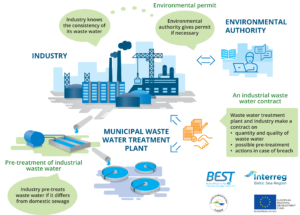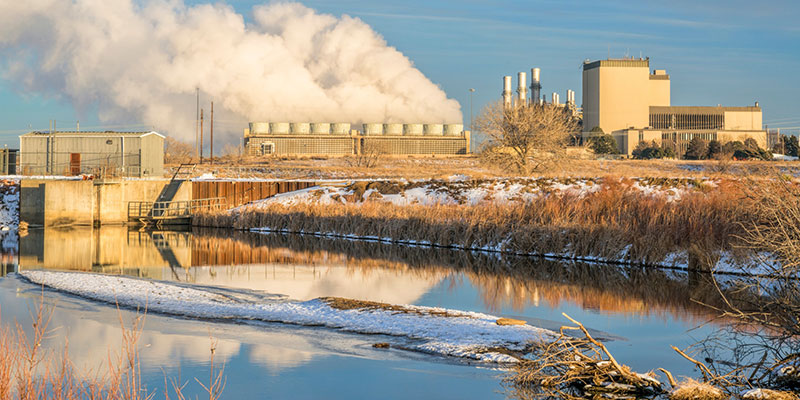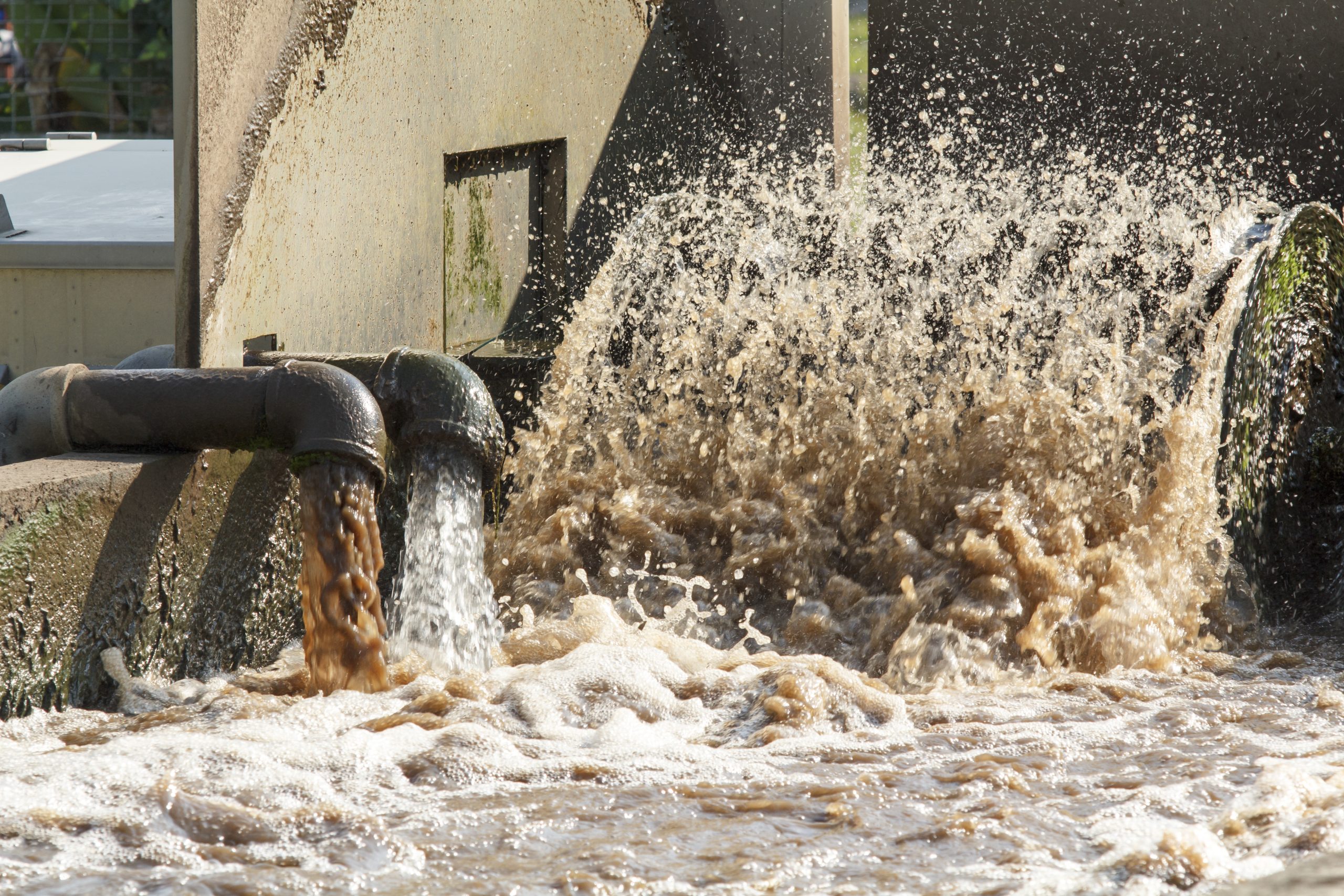Industrial Waste Water Treatment-- Advanced Solutions for Cleaner Effluents
Industrial Waste Water Treatment-- Advanced Solutions for Cleaner Effluents
Blog Article
Developments and Breakthroughs in Hazardous Waste Water Treatment Technologies
The landscape of industrial wastewater therapy is undertaking a transformative change, driven by developments that improve both efficiency and sustainability. Arising modern technologies, such as membrane layer bioreactors and microbial fuel cells, are redefining contaminant elimination procedures while contributing to power generation. Additionally, source recovery techniques are obtaining traction, lining up with circular economy concepts. As regulative criteria develop, the combination of AI and artificial intelligence right into wastewater management systems guarantees to ensure and improve procedures compliance. Nonetheless, the full ramifications of these advancements increase essential questions about their scalability and lasting effect on sector methods.
Overview of Waste Water Treatment Technologies
Wastewater treatment modern technologies encompass a variety of methods developed to eliminate impurities from industrial effluents prior to their release into the environment. These modern technologies are essential for keeping ecological equilibrium and making certain compliance with environmental laws. The key categories of wastewater treatment include physical, chemical, and biological techniques, each offering distinct objectives based on the nature of the contaminants existing.

Organic treatment techniques use microorganisms to deteriorate raw material, making them especially reliable for organic-rich effluents. Methods like activated sludge and biofilm reactors harness the all-natural deterioration abilities of bacteria, bring about substantial decreases in biochemical oxygen need (BOD)
Advanced Filtration Strategies
Advanced filtering techniques stand for a vital development in the world of industrial wastewater treatment, improving the effectiveness of pollutant removal processes. Industrial Waste Water Treatment. These methods include a variety of modern technologies, including microfiltration, ultrafiltration, nanofiltration, and turn around osmosis, which provide sequential barriers for different fragment sizes and chemical structures
Microfiltration and ultrafiltration use membrane systems to eliminate suspended solids, germs, and larger natural molecules, improving the quality of effluent before more treatment. Nanofiltration bridges the space in between ultrafiltration and reverse osmosis, properly eliminating natural compounds and divalent ions, thus minimizing the lots on downstream procedures.
Reverse osmosis offers the highest degree of purification by enabling just water and small particles to travel through its semi-permeable membranes, making it ideal for redeeming premium water from commercial effluents. Recent developments in membrane technology, consisting of the development of even more fouling-resistant and sturdy products, have considerably improved functional efficiency and minimized prices.
Integrating these advanced purification techniques not just improves the total treatment process however additionally contributes to sustainability efforts by enabling water reuse and resource healing in commercial settings. (Industrial Waste Water Treatment)
Organic Therapy Technologies

Additionally, the development of crafted organic systems, such as membrane bioreactors (MBRs), incorporates organic therapy with innovative membrane layer filtration. This combination try this out allows for higher effluent high quality and reduced impact, making it appropriate for space-constrained industrial centers. Developments in genetically crafted microorganisms have additionally arised, boosting the biodegradation of particular contaminants, such as pharmaceuticals and heavy steels, that are traditionally challenging to get rid of.
Additionally, the implementation of bioaugmentation strategies, where helpful germs are presented to boost the existing organic therapy procedures, has shown encouraging outcomes in boosting therapy efficiency. These developments collectively signify a trend in the direction of even more lasting and efficient biological therapy methodologies that can adapt to the progressing intricacies of commercial wastewater streams. As sectors proceed to prioritize ecological compliance, these biological innovations will certainly play an essential duty in wastewater administration.

Resource Recuperation Approaches
In industrial setups, the combination of resource recuperation approaches has ended up being increasingly important for boosting sustainability and lessening waste. These approaches focus on extracting valuable products and power from wastewater streams, consequently transforming prospective pollutants into recyclable resources.
One popular strategy is nutrition recovery, where nitrogen and phosphorus, commonly existing in excess in wastewater, are recorded and converted right into fertilizers. This not just decreases environmental effects but additionally supplies a circular economy remedy for agricultural applications. In addition, modern technologies such as anaerobic digestion permit the conversion of organic waste right into biogas, a sustainable power resource that can offset fossil fuel usage in check that industrial procedures.
Additionally, advanced purification and membrane layer innovations assist in the recovery of industrial byproducts such as salts and steels. These recuperated materials can be reintegrated right into manufacturing processes, minimizing the demand for virgin resources.
Future Patterns in Waste Water Monitoring
As markets progressively prioritize sustainability, the future of wastewater monitoring is readied to undertake significant improvements. Technical innovations, such as fabricated knowledge and machine learning, will enable much more reliable surveillance and management of wastewater systems. These innovations can anticipate maintenance requirements, enhance treatment processes, and enhance decision-making, ultimately minimizing functional costs and environmental influence.
In addition, the integration of round economic situation concepts will play an essential role in wastewater monitoring. Industries are anticipated to shift towards systems that not just deal with wastewater however also recoup useful resources, such as nutrients, water, and energy. This change will reduce waste and advertise the reuse of materials, straightening with worldwide sustainability objectives.
Arising treatment strategies, such as membrane bioreactors and advanced oxidation processes, will certainly even more boost the efficiency of wastewater therapy, permitting better effluents suitable for reuse. In addition, regulative structures are likely to advance, emphasizing more stringent criteria for wastewater discharge and encouraging over here markets to adopt cutting-edge treatment services.
Final Thought
In conclusion, the evolution of commercial wastewater therapy innovations demonstrates a significant change in the direction of improved efficiency and sustainability (Industrial Waste Water Treatment). Technologies in innovative filtration strategies, biological therapies, and resource recuperation techniques highlight the industry's commitment to environmental stewardship.
The landscape of industrial wastewater treatment is going through a transformative change, driven by advancements that improve both performance and sustainability.Wastewater therapy modern technologies encompass a variety of approaches developed to eliminate impurities from commercial effluents prior to their release right into the environment.Taking advantage of the power of organic procedures has actually led to considerable developments in the treatment of commercial wastewater.Furthermore, the execution of bioaugmentation approaches, where beneficial microorganisms are introduced to boost the existing organic therapy procedures, has actually revealed appealing results in improving treatment efficiency. These advancements collectively signify a trend in the direction of more reliable and lasting biological therapy approaches that can adjust to the advancing complexities of commercial wastewater streams.
Report this page